Advertisement
How to slough off that dead skin for softer, smoother feet
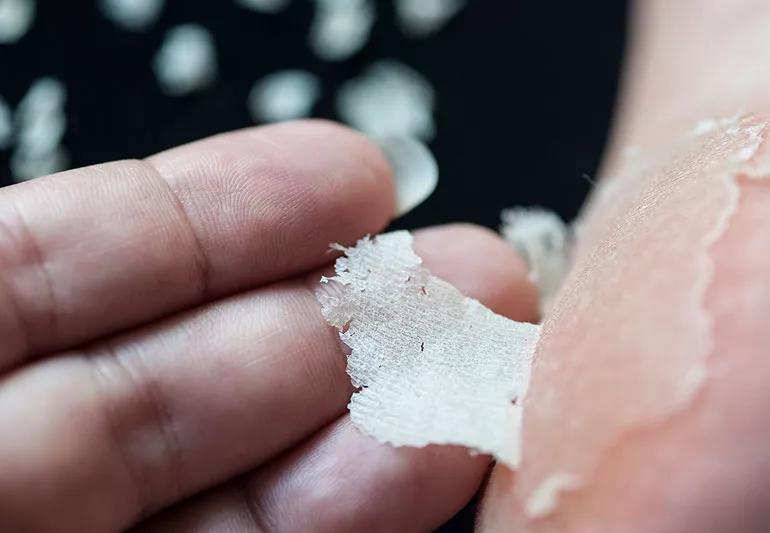
After a winter spent in sturdy snow boots and cozy house slippers, who knows what your bare feet even look like these days?!
Advertisement
Cleveland Clinic is a non-profit academic medical center. Advertising on our site helps support our mission. We do not endorse non-Cleveland Clinic products or services. Policy
As warm weather approaches — and with it, sandal season — you may be thinking about sloughing off that winter skin and readying yourself for summer. A foot peel could be just the ticket.
Dermatologist Shilpi Khetarpal, MD, explains what foot peels do, what to expect and how to do them for the best results.
You know how snakes shed their skin and have fresh new skin waiting beneath it? Yeah, it’s kind of like that.
Foot peels are a form of chemical exfoliation, a one-time application of a jelly-like mixture of exfoliating ingredients — usually alpha hydroxy acid, glycolic acid and/or lactic acid. You apply the mixture to the soles of your feet, which leads healthy new skin to grow there. Within a few days, your old, dead skin will shed to reveal the new skin underneath. Calluses be gone!
“You soak your feet in a blend of exfoliating chemicals, and five to seven days later, your dead skin basically dissolves and sheds,” Dr. Khetarpal says. “Underneath those calluses and rough, dry patches is smoother, softer skin.”
Ever wondered why you have calluses on the soles of your feet and the palms of your hands but not anywhere else on your body? Your skin there is thicker than elsewhere on your body because your hands and feet are constantly in use.
“On our feet, the pressure of standing and the friction of wearing shoes and socks can lead to calluses and a thickening of the skin,” Dr. Khetarpal explains. “This makes it difficult for normal creams and lotions to penetrate and actually nourish that area.”
Because of all of this, skin on your feet sheds less frequently than on the rest of your body. Enter foot peels, which can help with:
One of the most important things to know about doing a foot peel is that it won’t kick in immediately. In fact, after you first do a foot peel, you won’t notice much of anything.
“Once you’re done applying the peel, your feet are going to feel normal at first,” Dr. Khetarpal says. “It takes a few days to start seeing the shedding, and then it just peels and peels until it’s soft and smooth again underneath.”
The process goes like this:
The shedding process can take one to two weeks, depending on how much dead skin you have.
As long as you’re just trying to tackle basic roughness and dryness then, yes, foot peels are safe. If you’re prone to skin problems, though, a foot peel could aggravate them.
Advertisement
“A foot peel is not going to address issues like these, and it can actually make them worse by adding chemicals and irritating the skin,” Dr. Khetarpal explains. You shouldn’t do a foot peel if you’re currently experiencing or have a history of:
You should also avoid foot peels while you’re dealing with issues specific to the skin of your feet. “In these cases, you want to address the medical issue first before pursuing a foot peel,” Dr. Khetarpal advises. This includes:
In these circumstances, skip the peel and ask your doctor for guidance instead.
A foot peel isn’t a regular addition to your beauty routine. It’s more of a one-and-done activity, at least for a while.
“You shouldn’t do a skin peel more often than every six to eight weeks,” Dr. Khetarpal says. “Really, once you’ve cleared away that dead skin, I would be surprised if people needed to do it more than every three or four months.”
And it’s best to do a foot peel in the cold-weather months, when your feet aren’t exposed. You don’t want to be peeling in strappy sandals or while you’re barefoot on the beach.
If you want to give your feet a little extra love but don’t have the time to devote to a peel — especially in summer months — you can try these quick fixes to soften your soles.
Advertisement
Learn more about our editorial process.
Advertisement

Wear properly fitted shoes, break them in ahead of time and wear moisture-wicking socks

Safety, hygiene and technician training are among the biggest benefits of a ‘medi pedi’
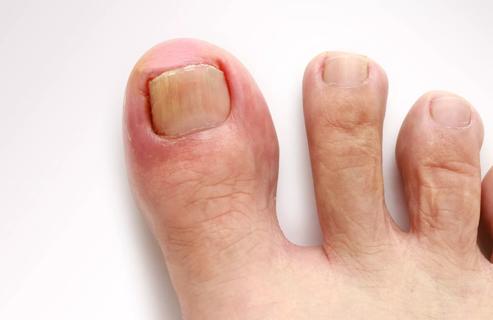
Pain meds, toenail protectors and petrolatum jelly may spare you a trip to a podiatrist

Except in certain medical scenarios, foot health experts rarely recommend foot soaks
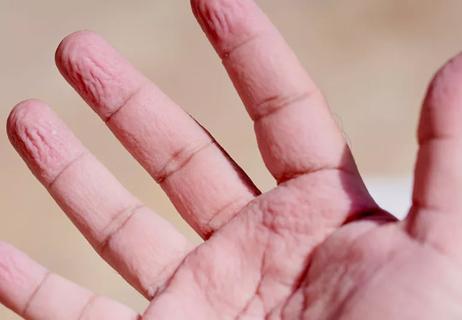
Your blood vessels shrink and your skin forms wrinkles to help you grip objects
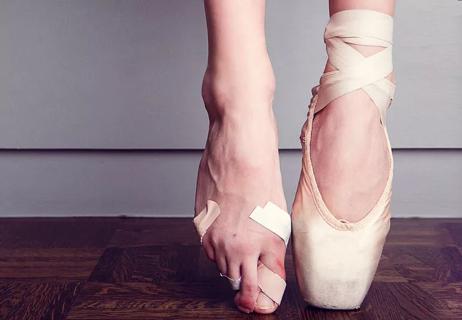
Poorly fitting footwear and overuse injuries can knock you ‘off pointe’
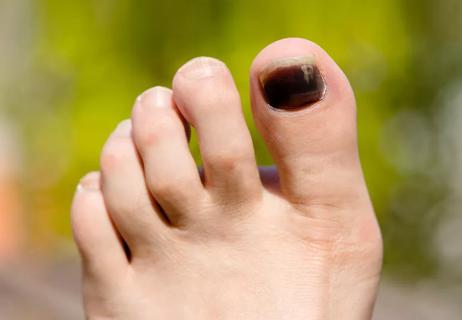
A few precautions can keep your toenails from turning black and falling off

Rethink your exercise routine to maintain — and maybe even gain — fitness during recovery

Focus on your body’s metabolic set point by eating healthy foods, making exercise a part of your routine and reducing stress

PFAS chemicals may make life easier — but they aren’t always so easy on the human body

While there’s little risk in trying this hair care treatment, there isn’t much science to back up the claims